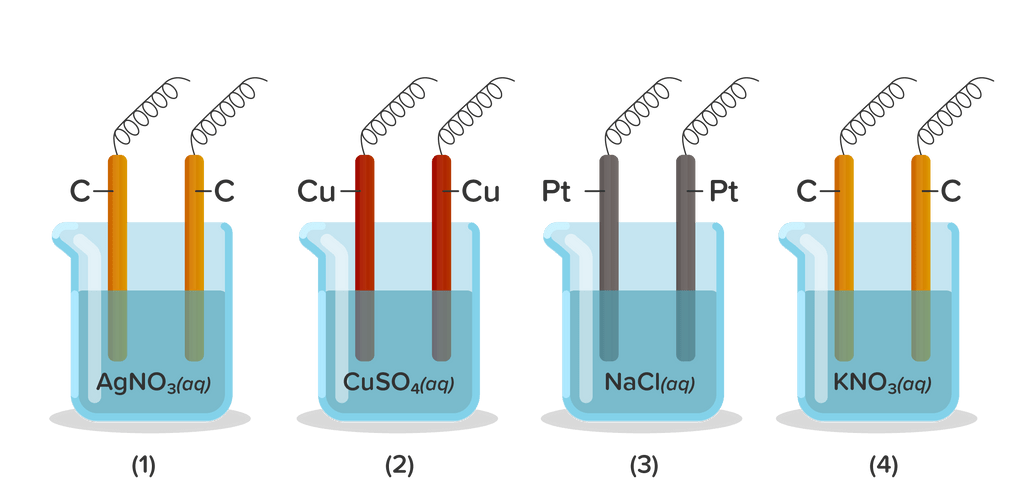Iklan
Pertanyaan
Perhatikan gambar elektrolisis berikut ini! Elektrolisis yang menghasilkan gas oksigen ditunjukkan pada gambar ....
Perhatikan gambar elektrolisis berikut ini!

Elektrolisis yang menghasilkan gas oksigen ditunjukkan pada gambar ....
1, 2, dan 3
1, 2, dan 4
2, 3, dan 4
1 dan 4
3 saja
Iklan
SI
S. Ibabas
Master Teacher
Jawaban terverifikasi
7
5.0 (6 rating)
Iklan
Pertanyaan serupa
RUANGGURU HQ
Jl. Dr. Saharjo No.161, Manggarai Selatan, Tebet, Kota Jakarta Selatan, Daerah Khusus Ibukota Jakarta 12860
Produk Ruangguru
Bantuan & Panduan
Hubungi Kami
©2026 Ruangguru. All Rights Reserved PT. Ruang Raya Indonesia















